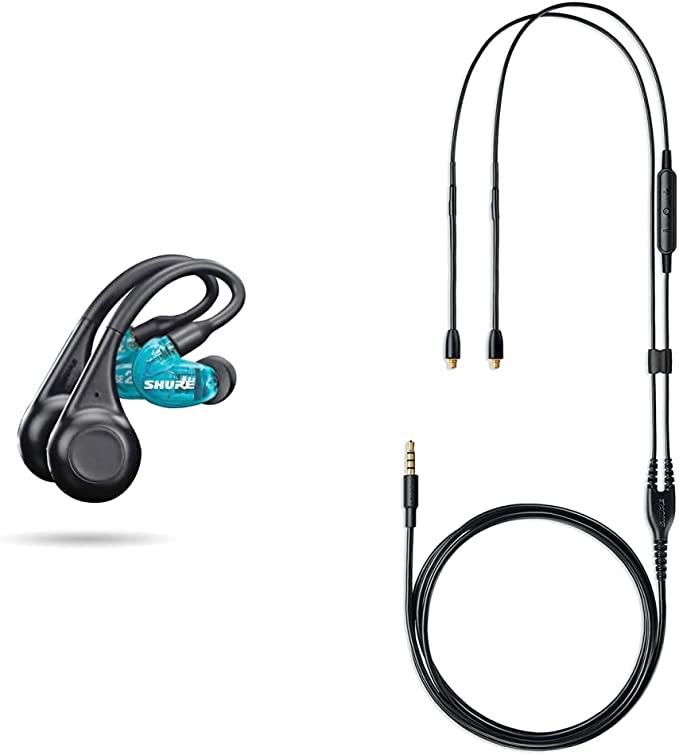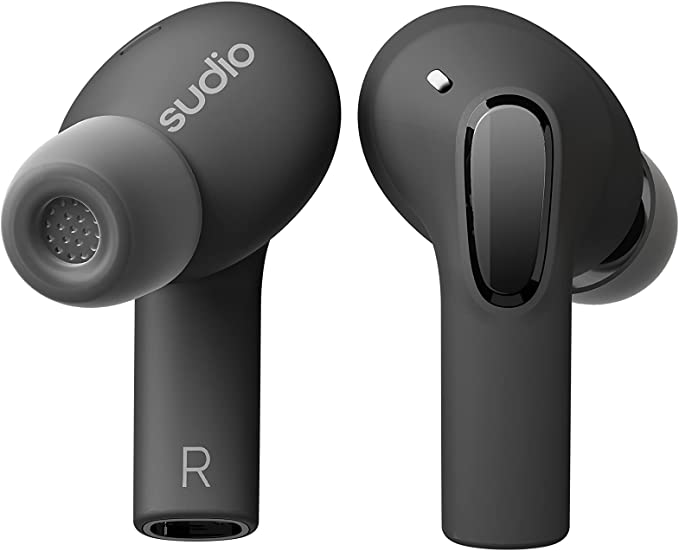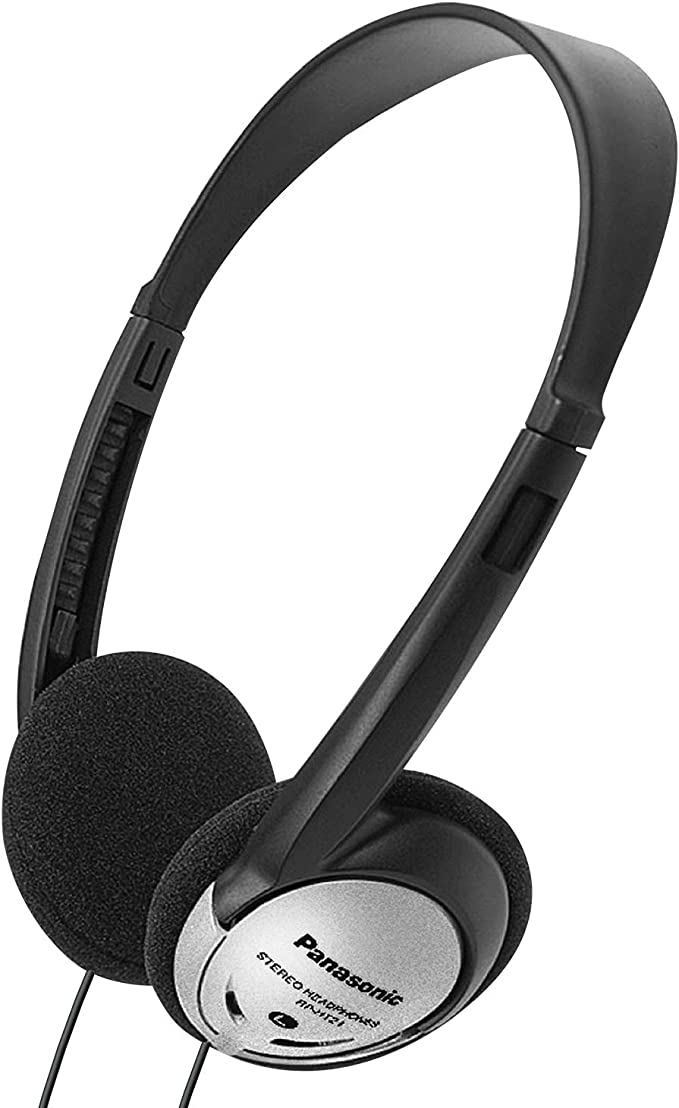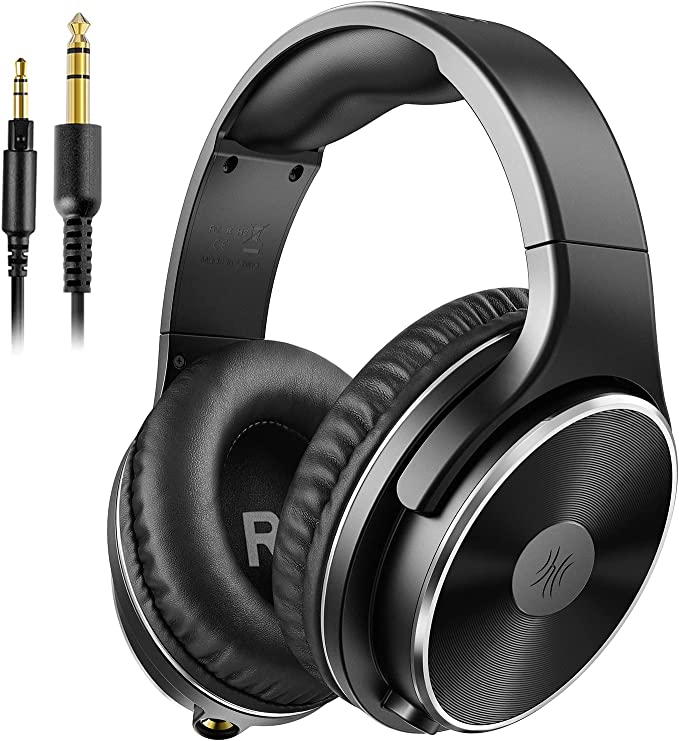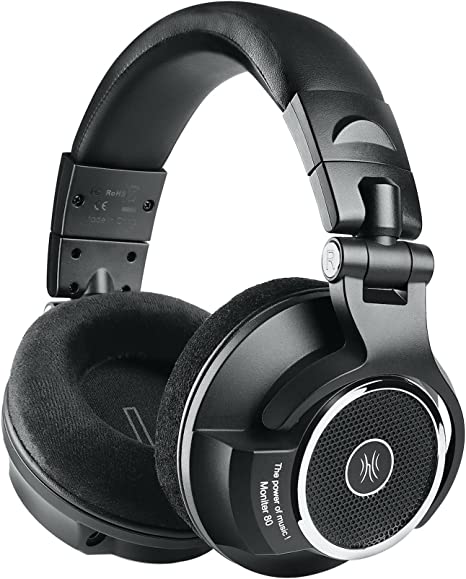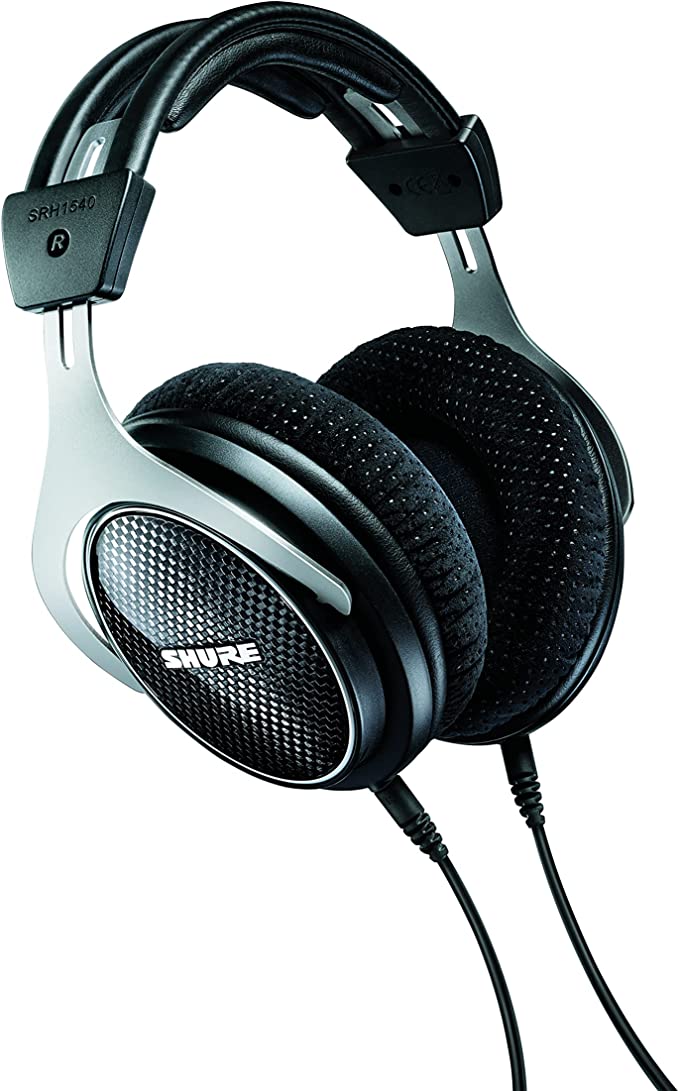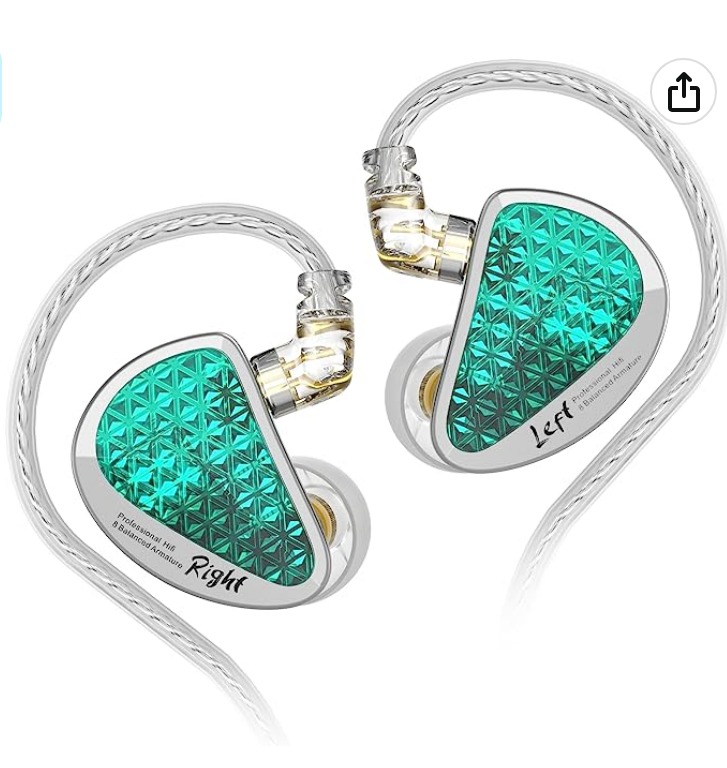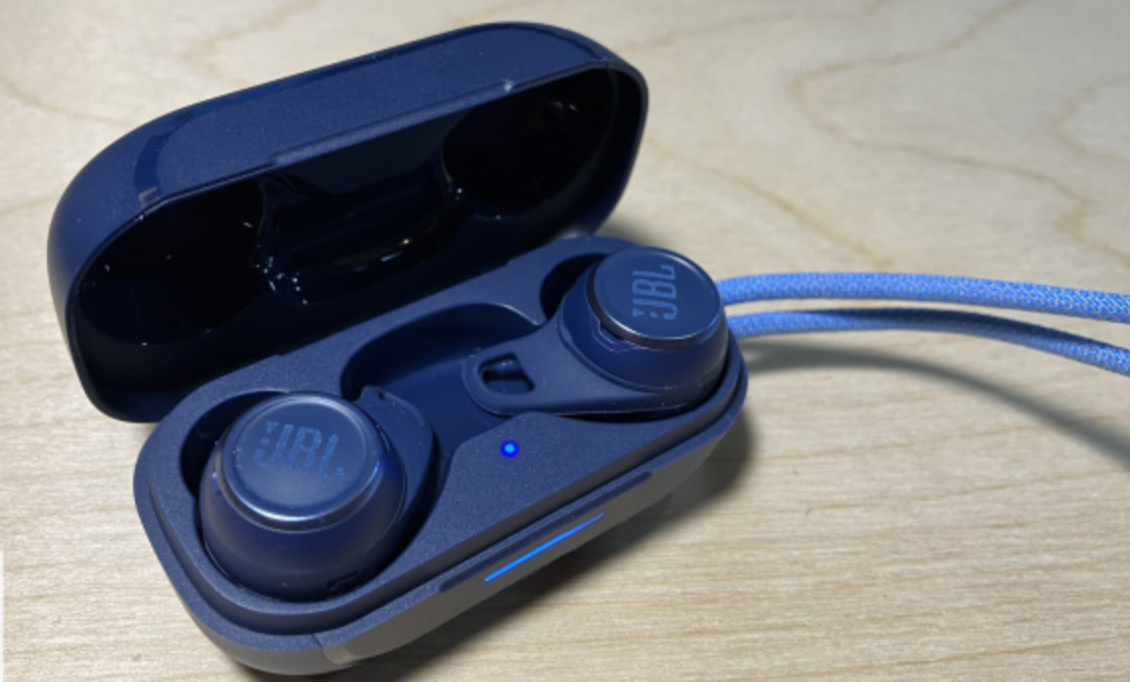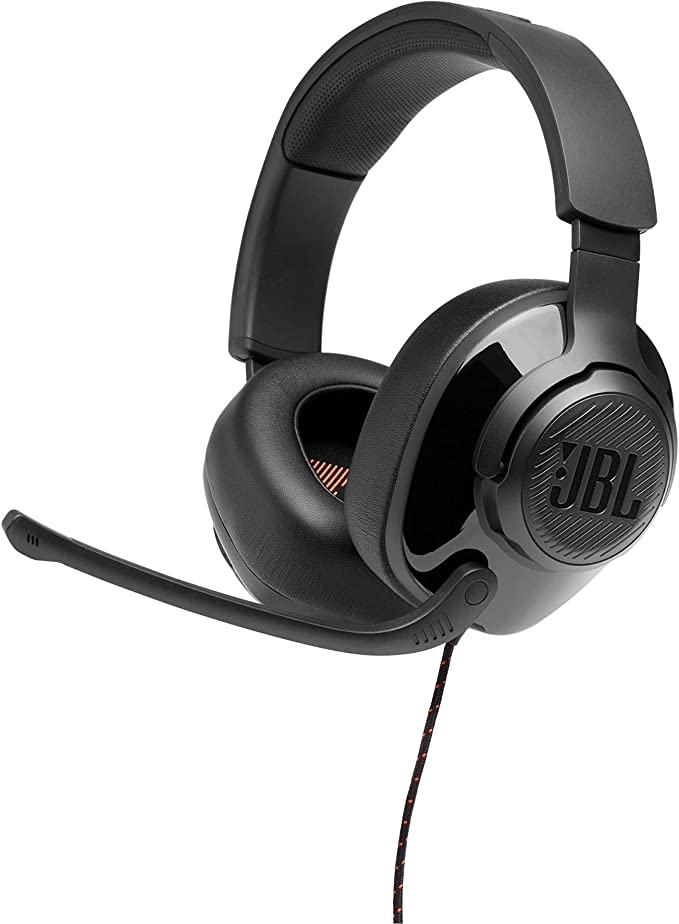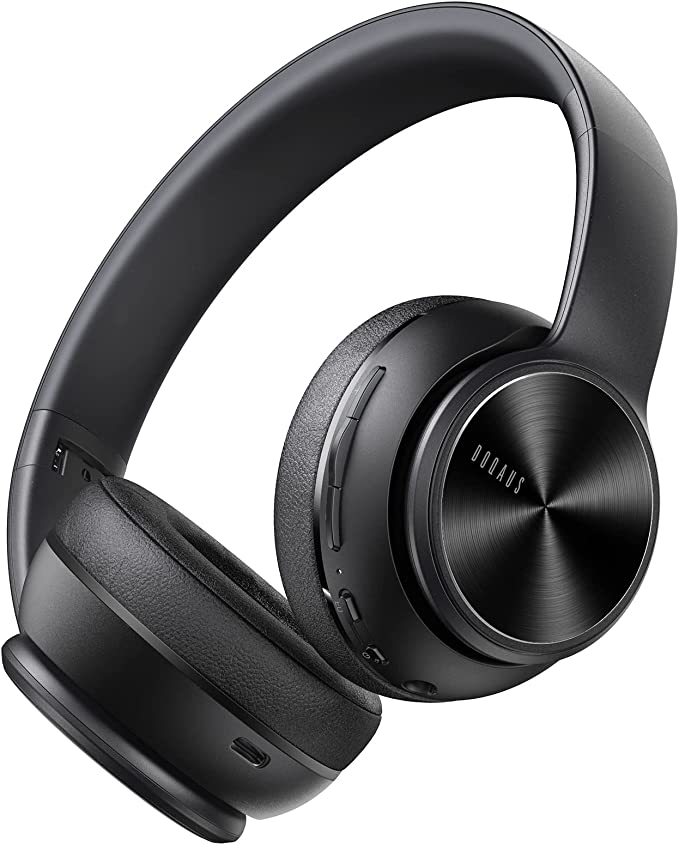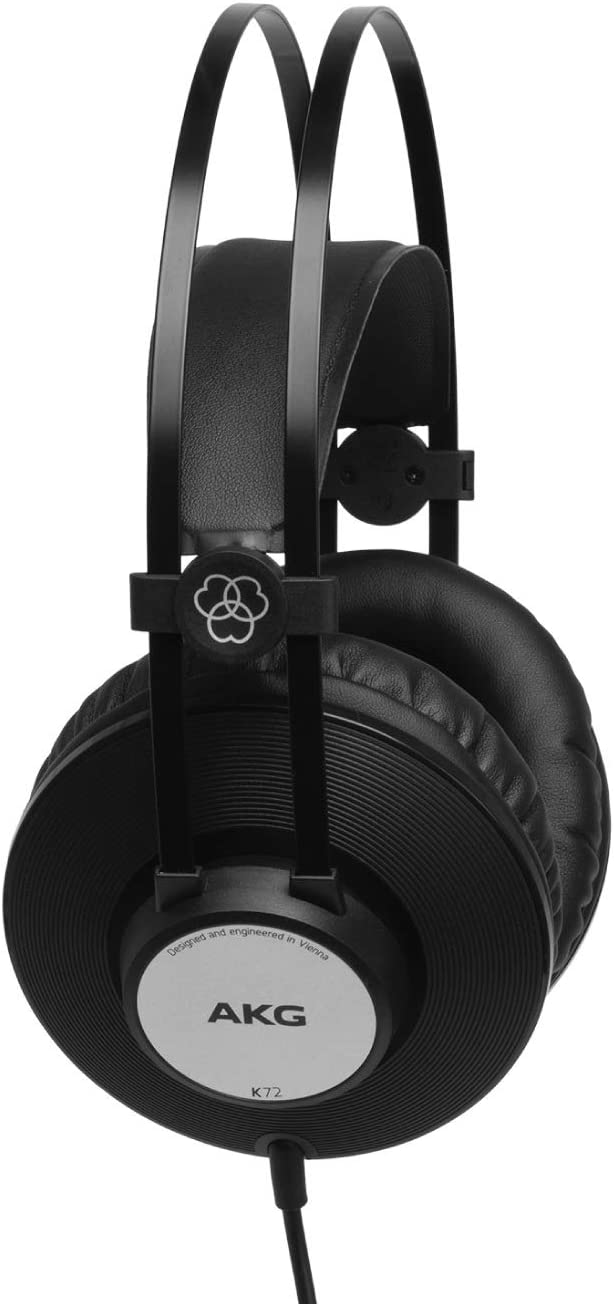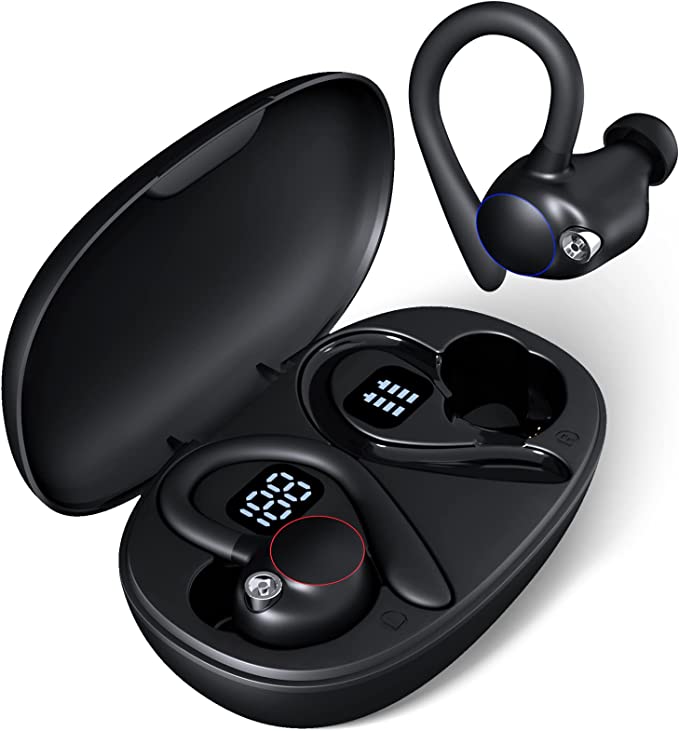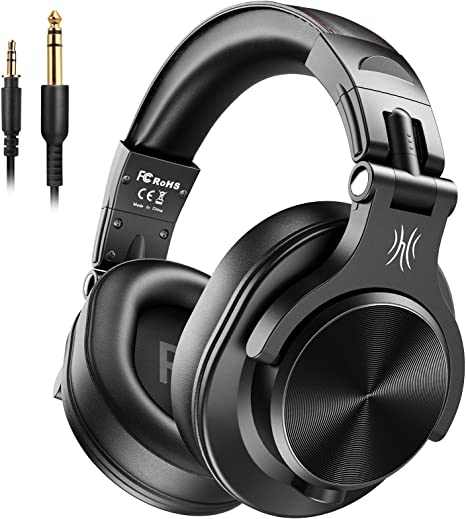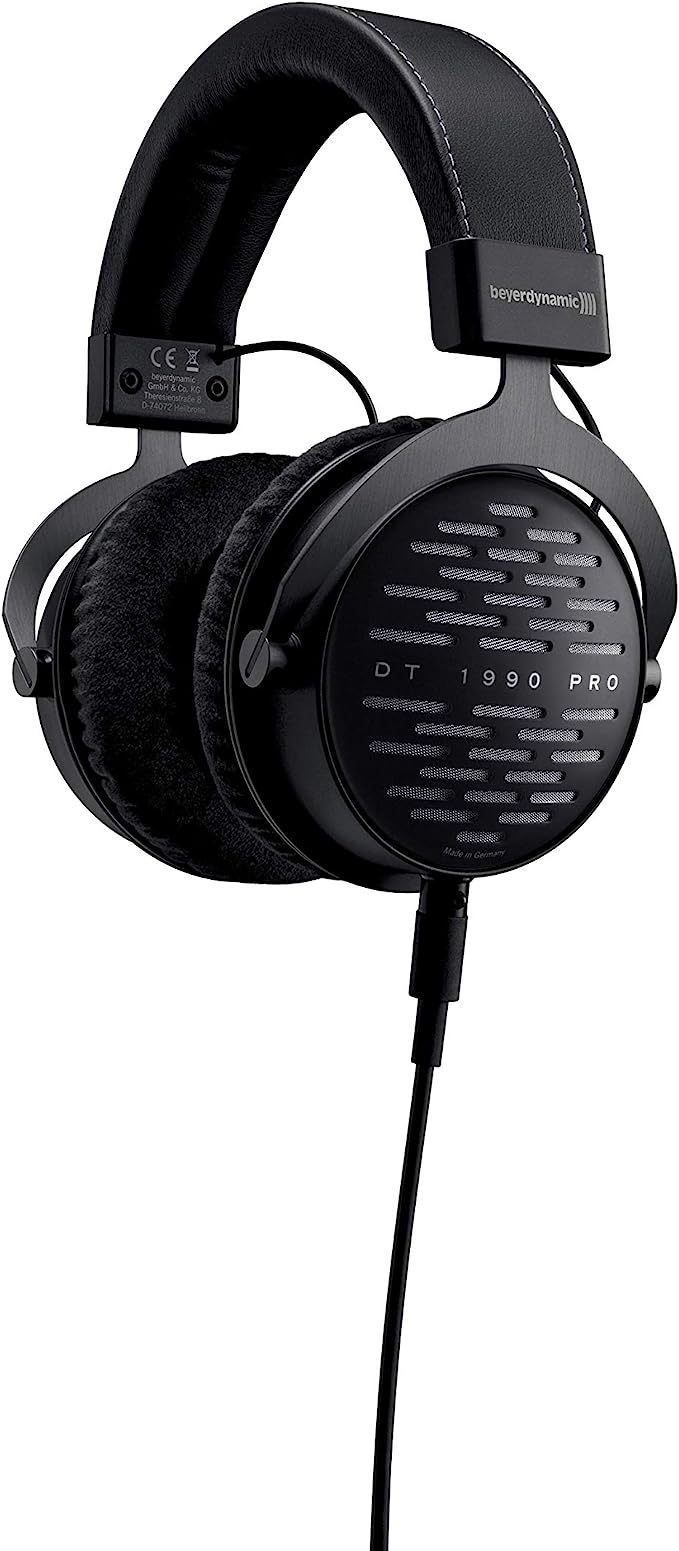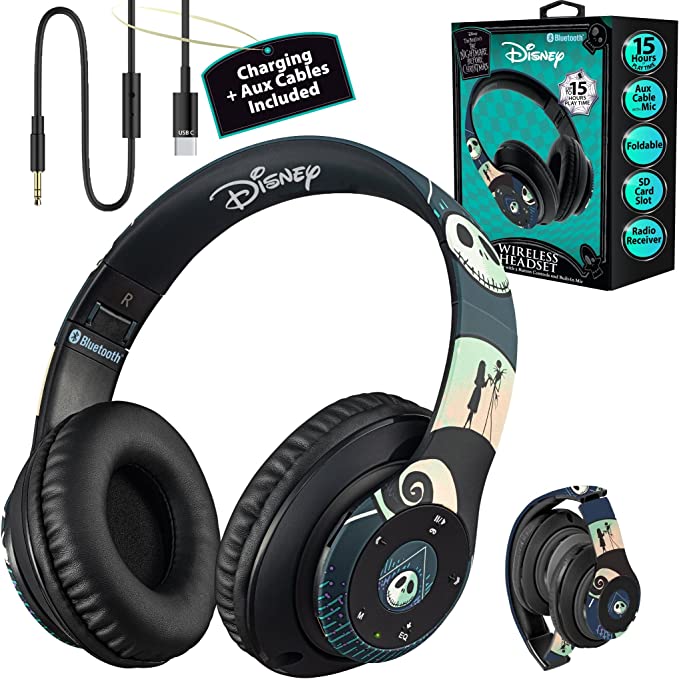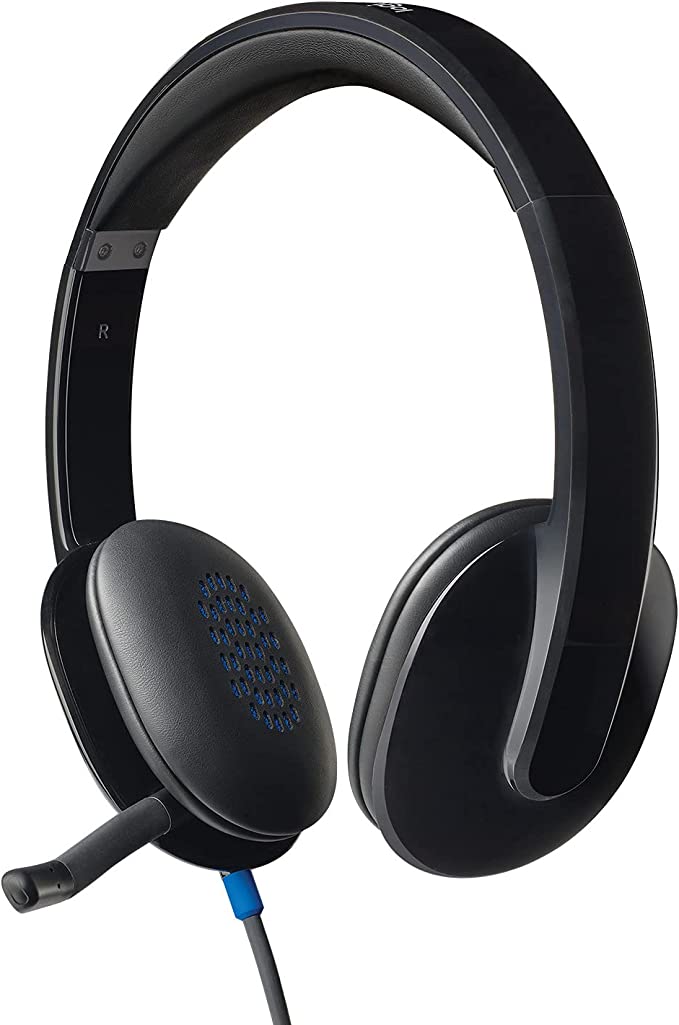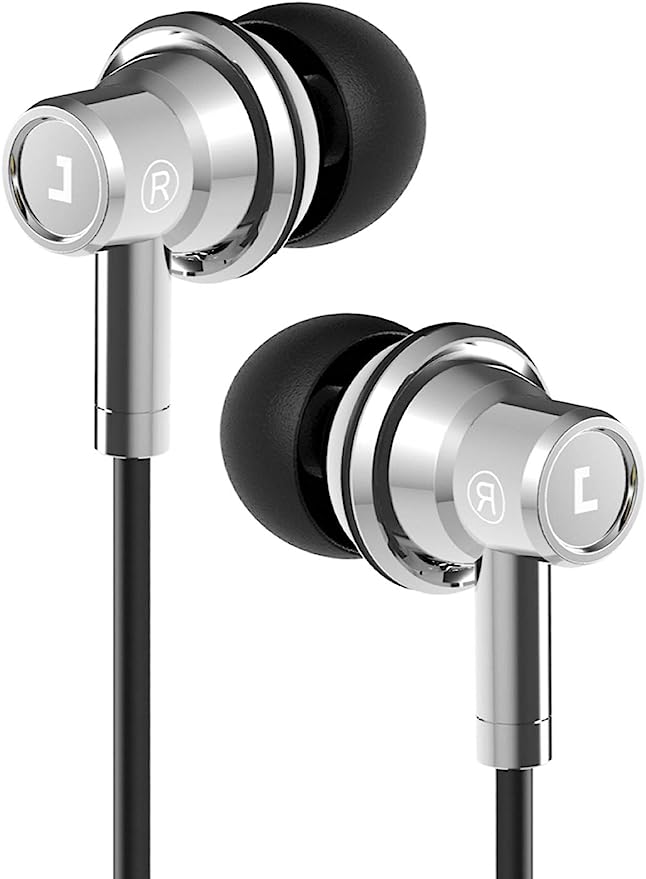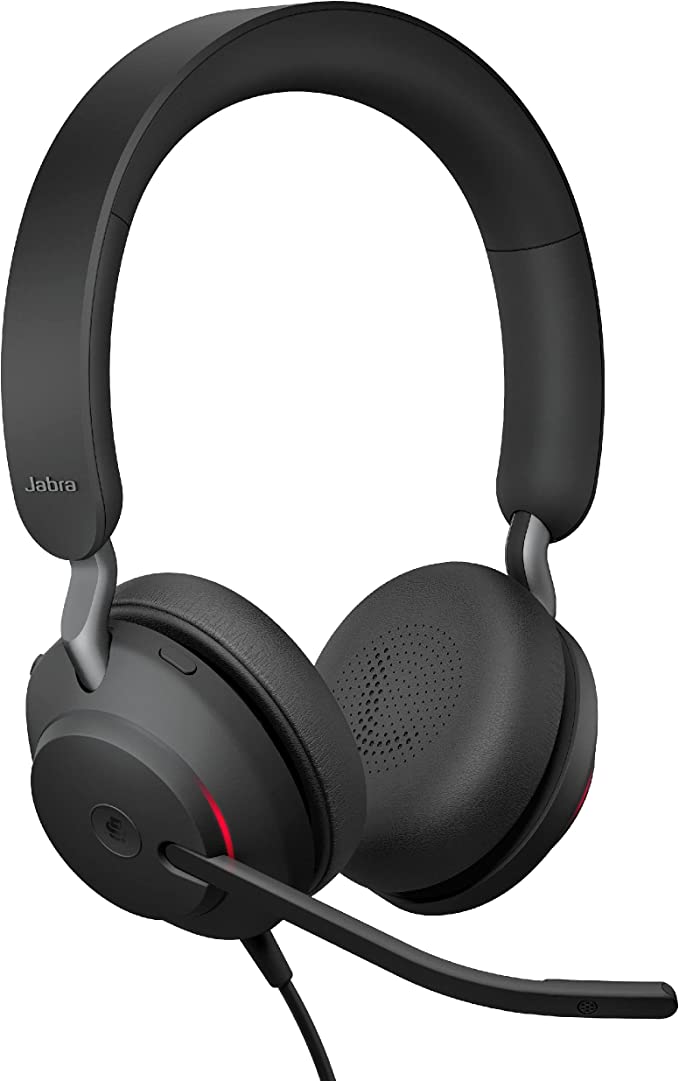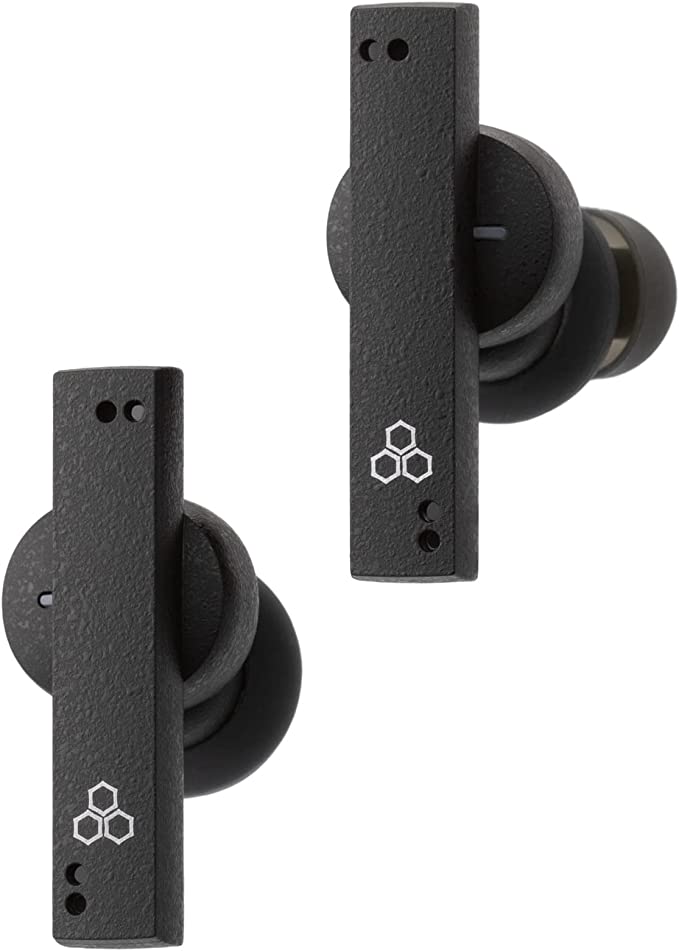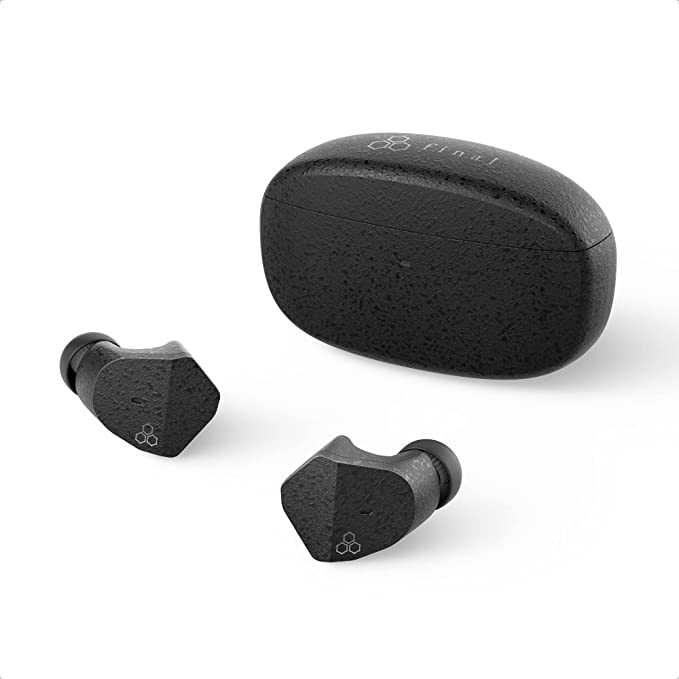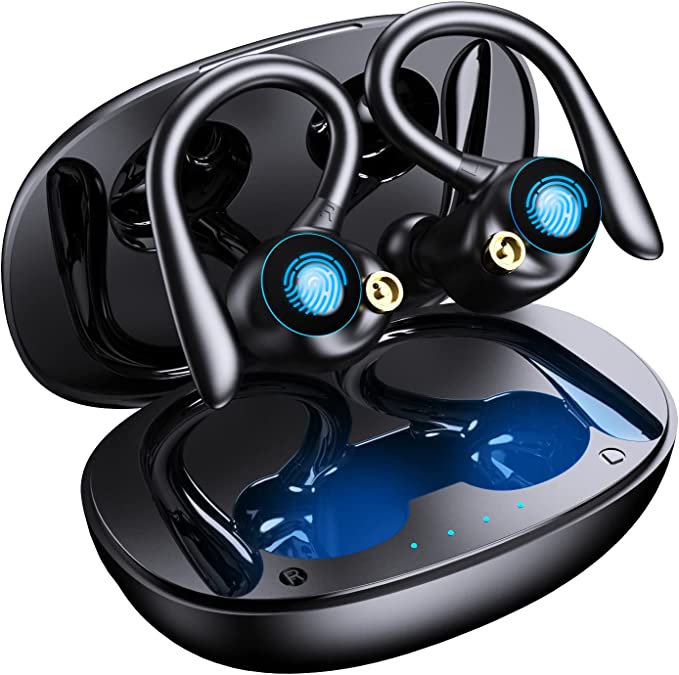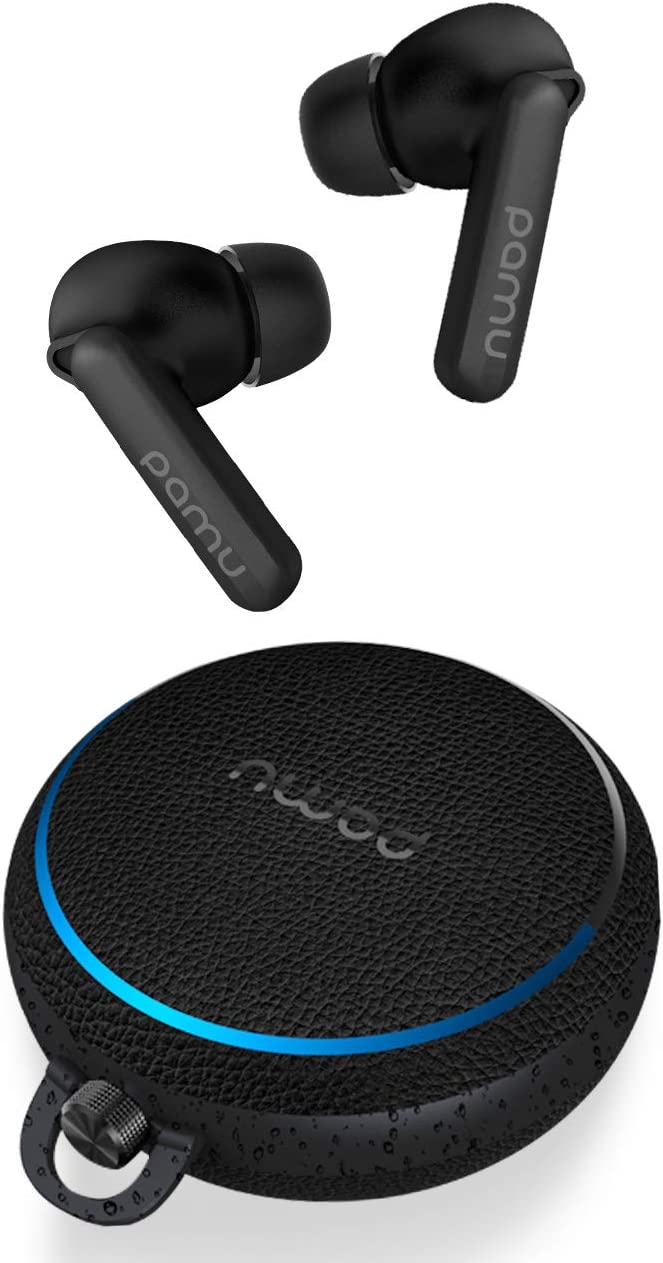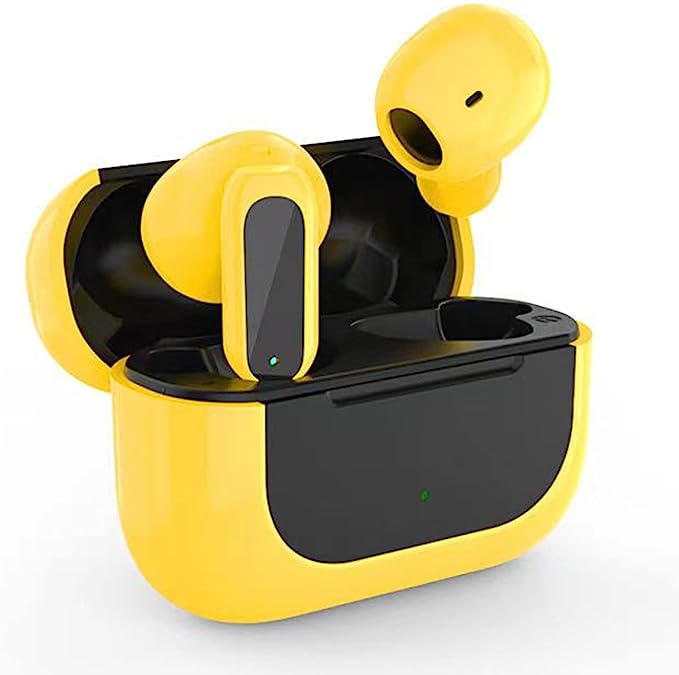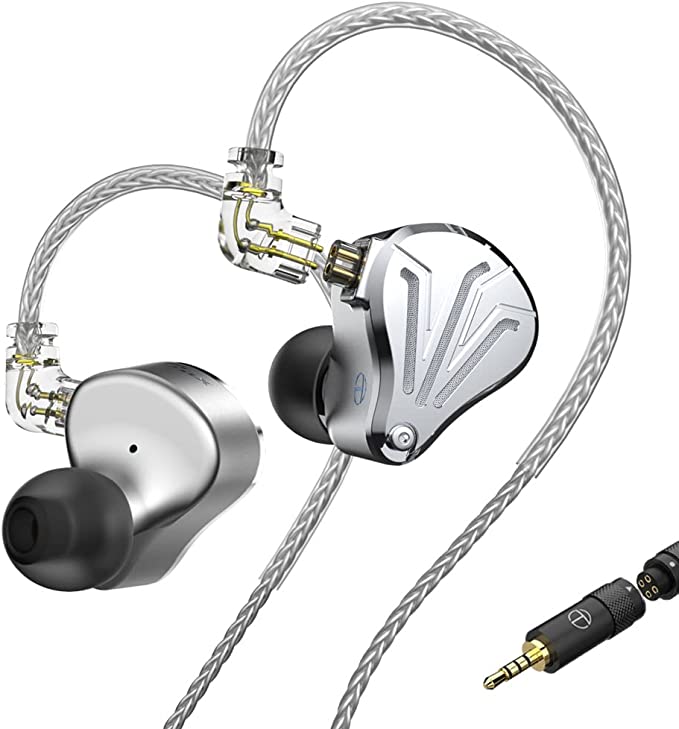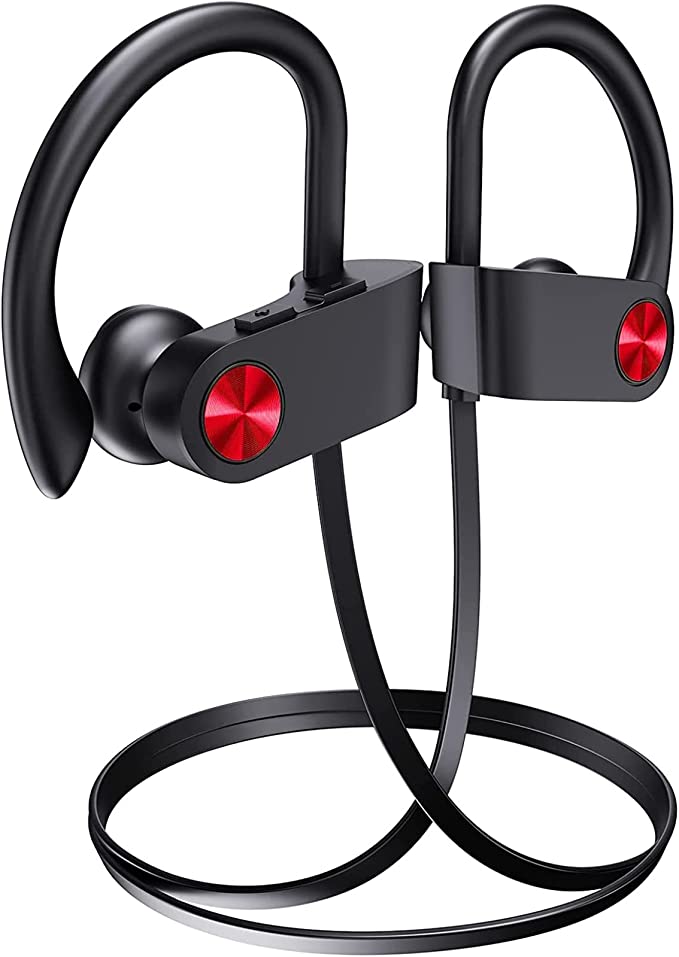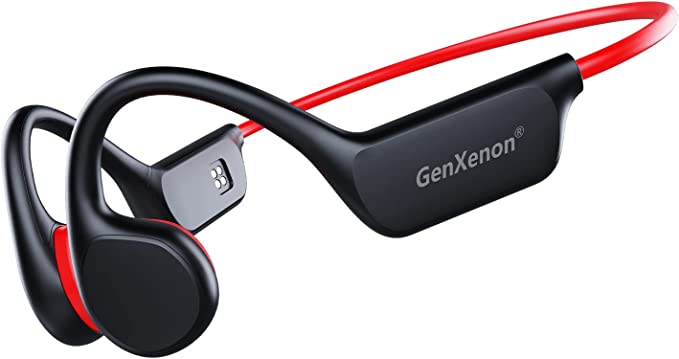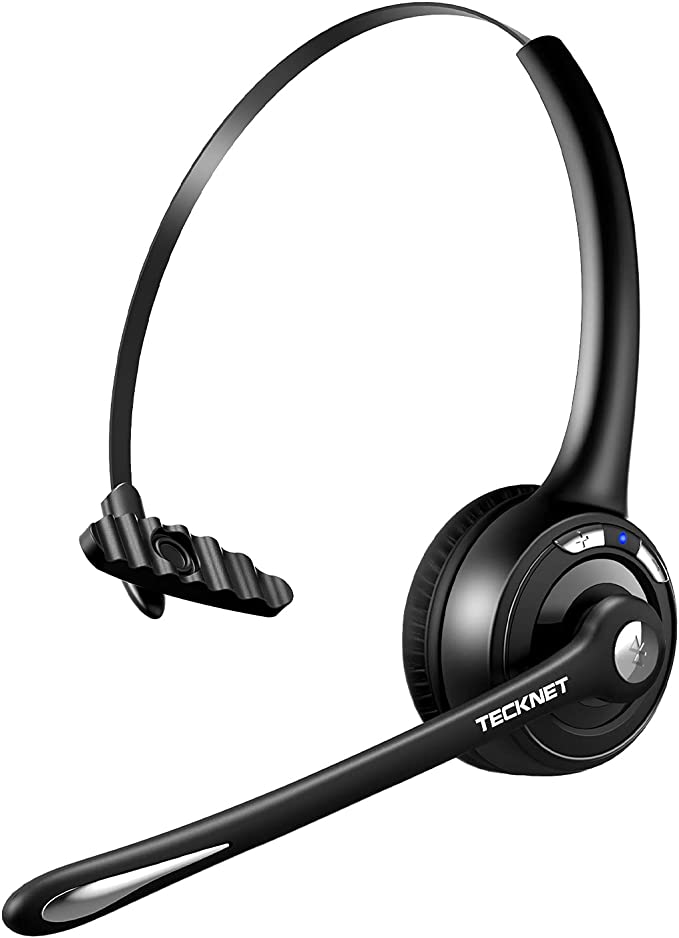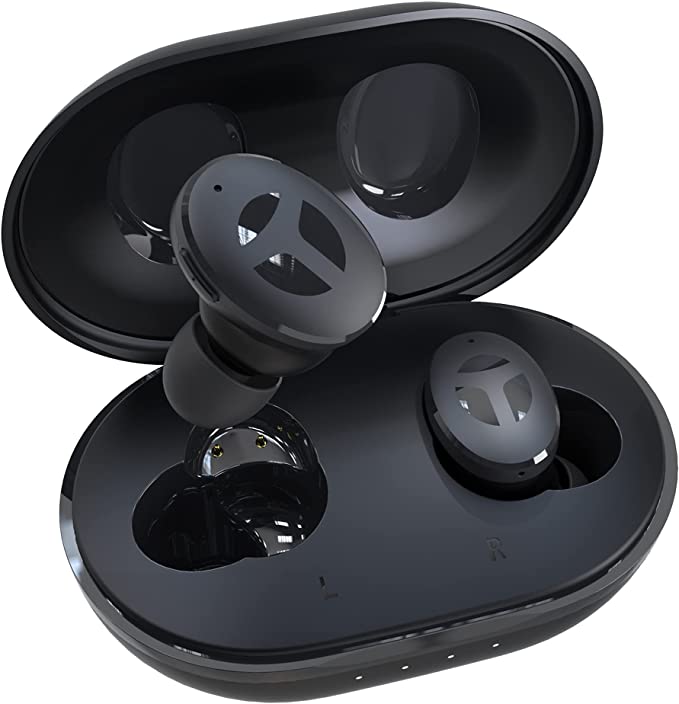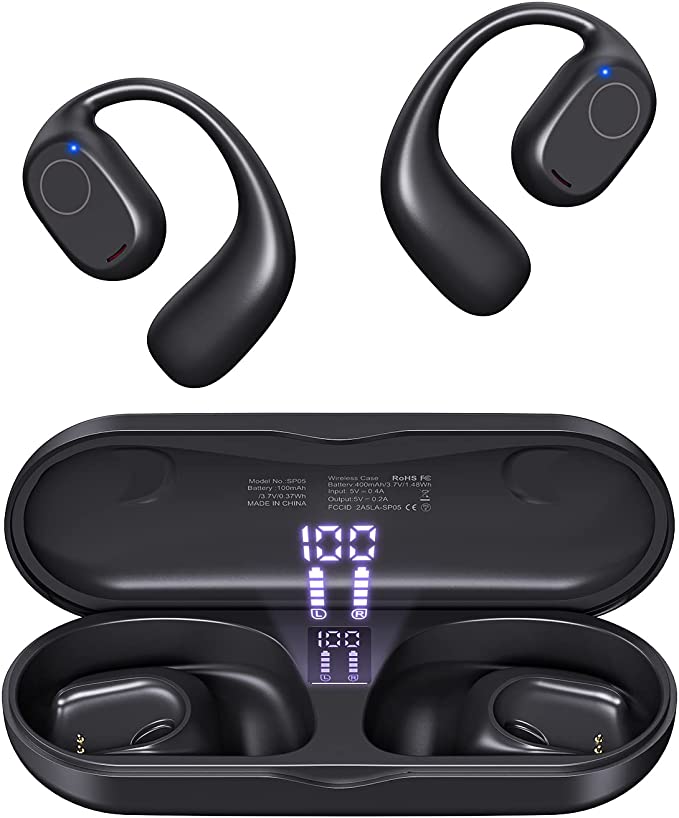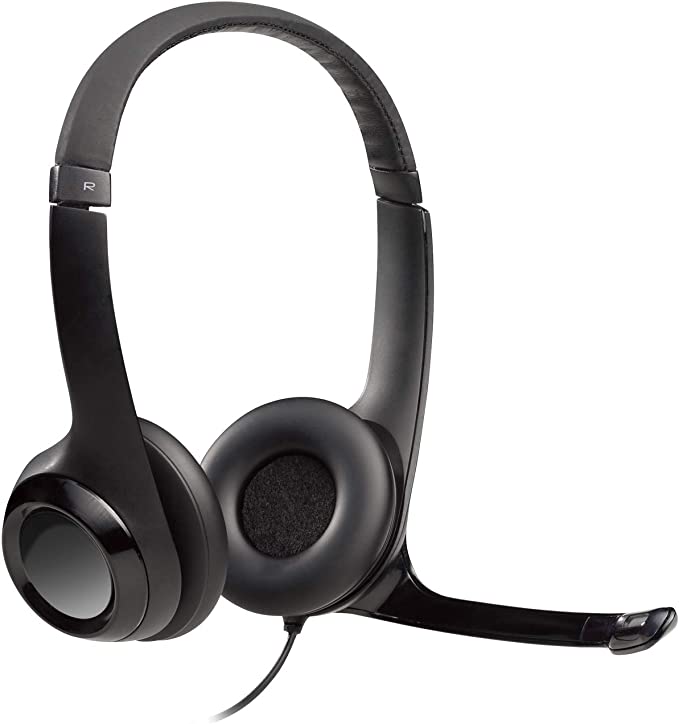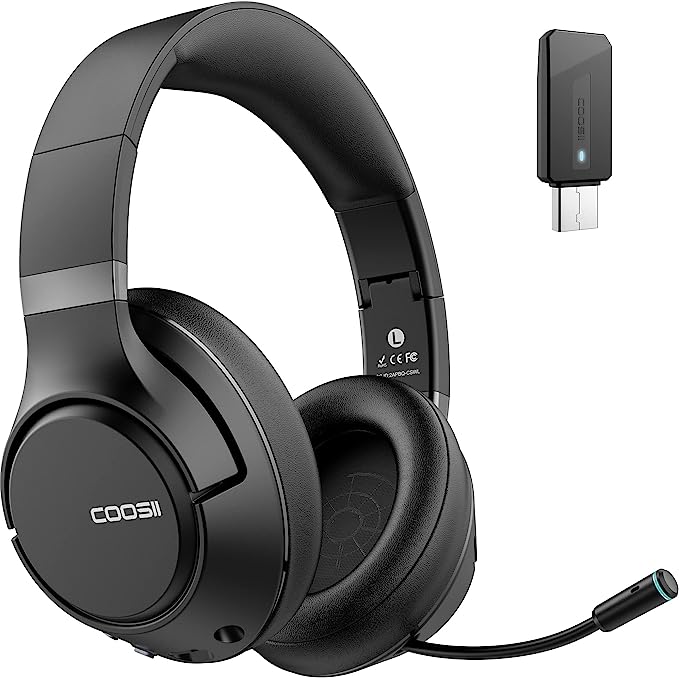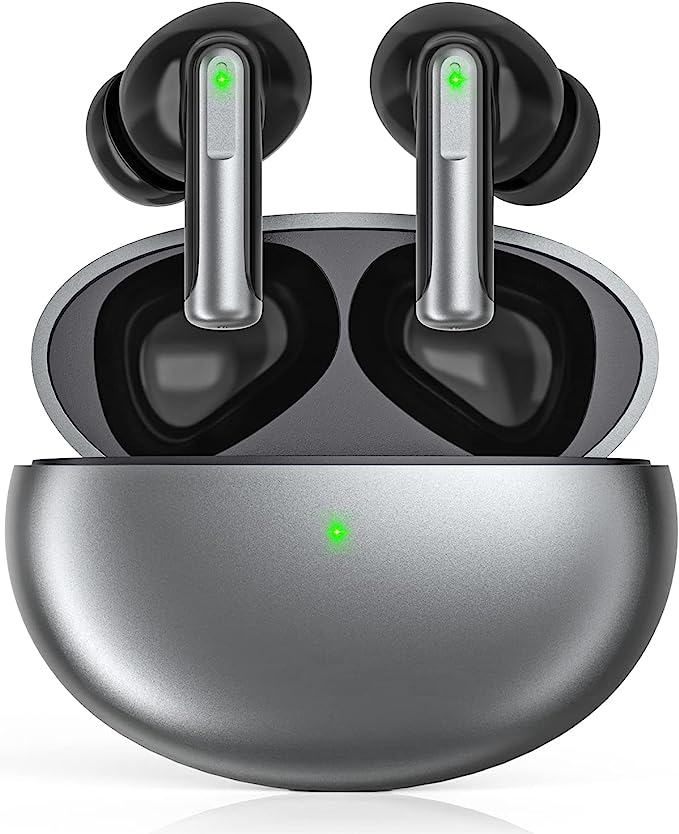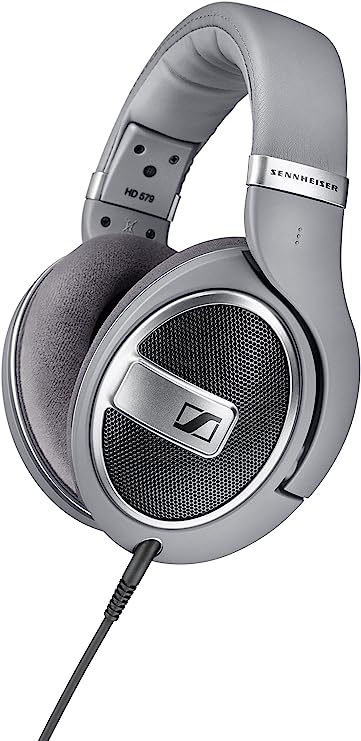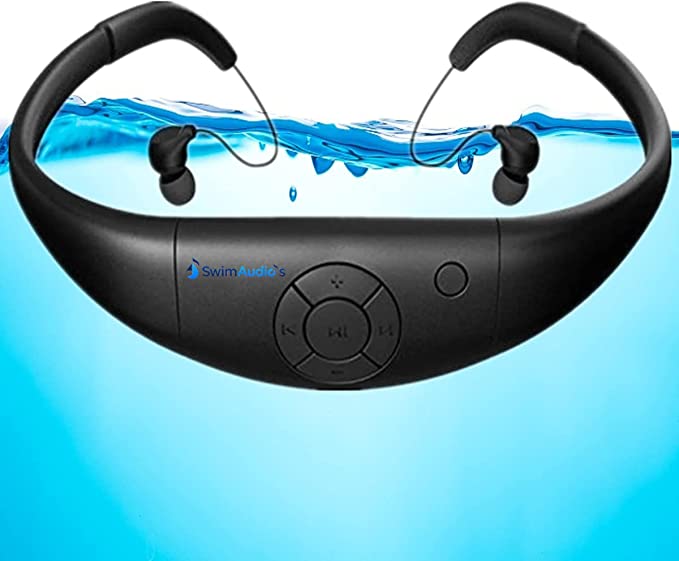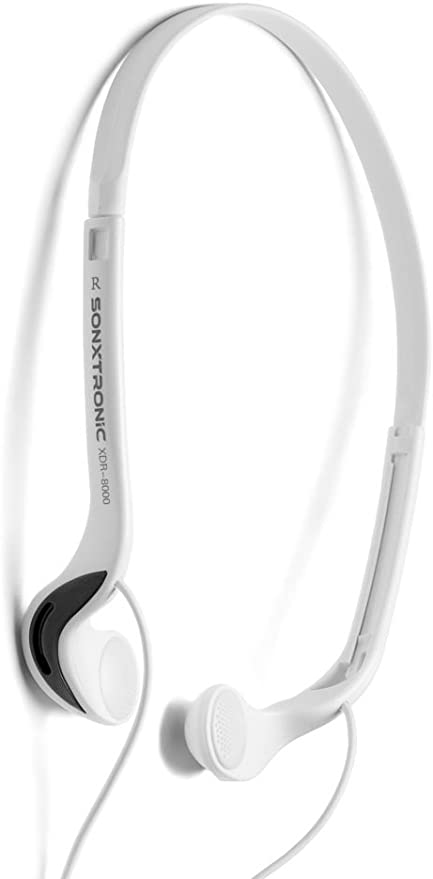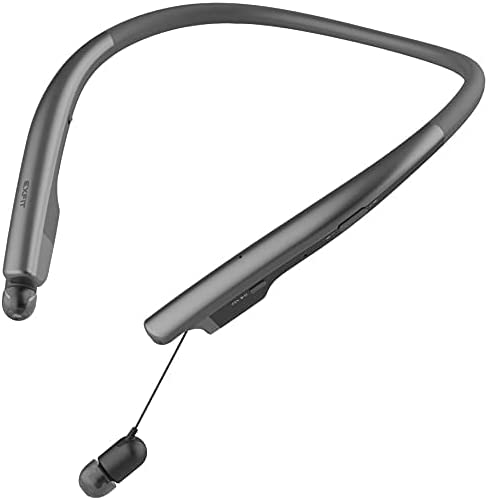From Stage to Studio: The Engineering Legacy Inside the Marshall Woburn III
Update on July 14, 2025, 9:06 a.m.
From the Stage to the Living Room: The Engineering Legacy Inside the Marshall Woburn III
The story of modern rock and roll is inseparable from the story of volume. In the early 1960s, in a small music shop in Hanwell, London, a new generation of guitarists like Pete Townshend of The Who had a simple, recurring request for drum shop owner and part-time amp builder, Jim Marshall: make it “louder.” The challenge wasn’t just about raw amplification; it was about achieving that volume with a character and clarity that could define a new era of music. The “Marshall Stack” was the thundering answer, an iconic wall of sound that would become the visual and sonic backbone of rock for decades to come.
Sixty years later, that same engineering ethos—the relentless pursuit of powerful, clear, and emotionally impactful sound—is meticulously distilled into a single cabinet for the home: the Marshall Woburn III. At first glance, it’s a stunning piece of retro design. But to dismiss it as mere nostalgia is to miss the point entirely. The Woburn III is a direct descendant of its stage-faring ancestors, and its room-filling sound is the result of a sixty-year journey in solving the complex problems of acoustic engineering. This is the story of how Marshall bottled the thunder of the live stage for your living room.

Capturing the Whole Band: The Science of the Three-Way Soundstage
A live band unleashes a massive spectrum of sonic energy, from the visceral, chest-thumping kick of a bass drum to the delicate, crystalline shimmer of a ride cymbal. Forcing a single speaker driver to reproduce this entire range is like asking one musician to play every instrument at once—details get lost, and the result is often a congested, muddy mess.
The Woburn III approaches sound reproduction like a seasoned audio engineer mixing a band, employing a three-way driver system that assigns specialists to every part of the frequency spectrum. The architecture is a study in purposeful design:
- The Rhythm Section: At the core, a formidable woofer, powered by its own dedicated 90-watt Class D amplifier, handles the low end. It’s engineered not just to reproduce bass notes, but to deliver the physical punch and presence of a live rhythm section. This is what allows it to reach a truly deep 35 Hz, a frequency you feel as much as you hear.
- The Lead Voice: Two dedicated mid-range drivers, each powered by a 15-watt Class D amplifier, are responsible for the heart of the music. This is where vocals live, where the snarl of an overdriven guitar has its texture, and where the rich tones of a piano resonate. By isolating these crucial frequencies, the Woburn III ensures lifelike clarity and presence.
- The Sizzle and Air: Handling the highest frequencies are two tweeters, also powered by their own 15-watt Class D amps. Critically, these tweeters are angled outwards. This design choice is a deliberate piece of acoustic engineering intended to create a much wider stereo “sweet spot.” Instead of having to sit in one perfect position to hear the full stereo image, the sound is dispersed more broadly, filling the room and creating an expansive, immersive soundstage that makes the speaker feel much larger than it is.

Taming the Power: Class D Tri-Amping and the Bass Reflex Secret
The quest for loudness that began in the 60s quickly ran into the laws of physics. Pushing early amplifiers to their limits created distortion—sometimes desirable, often not—and immense heat. The modern challenge is to deliver immense power and dynamic range with absolute fidelity. The Woburn III achieves this through two key technologies.
First is its use of modern Class D amplifiers. Unlike older, less efficient designs that waste significant energy as heat, Class D technology uses high-speed switching (a technique called Pulse-Width Modulation) to deliver power with incredible efficiency. This allows the Woburn III to house five separate amplifiers—a tri-amping system—in its sealed cabinet without risk of overheating, providing ample, clean power on demand.
Second, and just as crucial, is the front-firing bass-reflex port. This is not merely a decorative opening. It’s a precisely tuned port that leverages a principle known as Helmholtz Resonance—the same physics that allows you to create a tone by blowing across the top of a bottle. As the woofer moves, it changes the air pressure inside the cabinet. The port acts as a resonator, using this moving air to amplify a specific low-frequency band, effectively “singing along” with the woofer. This clever piece of engineering allows the Woburn III to produce a deeper, more powerful bass response than would be possible from a completely sealed cabinet of the same size, all without requiring extra power from the amplifier.
The Invisible Sound Engineer: Adaptive Intelligence for Your Room
Any live sound engineer will tell you that the room itself is an instrument. The same PA system can sound brilliant in one venue and terrible in another. The Woburn III acknowledges this reality with a layer of intelligent digital processing that acts as your personal, invisible sound engineer.
The most significant feature is Dynamic Loudness. This technology is a direct answer to a quirk of human hearing described by the Fletcher-Munson curves, which show that our ears are far less sensitive to low and high frequencies at lower volumes. It’s why music often sounds anemic and missing its “punch” and “sparkle” when played quietly. Dynamic Loudness actively counteracts this by adjusting the tonal balance in real-time. As you lower the volume, it subtly boosts the bass and treble, ensuring the music retains its intended emotional impact and fullness, even at a whisper.
Furthermore, the companion Marshall Bluetooth app includes Placement Compensation. This feature helps tame the most common acoustic problem in any home: the speaker’s position. Placing a speaker in a corner or against a wall can unnaturally amplify bass frequencies, resulting in a “boomy” or muddy sound. The app provides simple settings that adjust the speaker’s EQ to compensate for this, ensuring the sound remains balanced and clear, no matter where it sits in your room.
Bridging Eras: An Analog Soul with a Digital Brain
While packed with modern technology, the Woburn III never forgets its roots. It is designed to be the versatile heart of a music lover’s setup, bridging generations of audio formats. The inclusion of traditional RCA and 3.5mm inputs is a respectful nod to the enduring appeal of analog sources, inviting you to connect a turntable and experience the tactile warmth of vinyl.
Simultaneously, it embraces the digital age. Bluetooth 5.2 provides a robust, high-quality wireless connection for effortless streaming and is future-ready for LE Audio. But the masterstroke of modern integration is the HDMI ARC (Audio Return Channel) input. This single connection transforms the Woburn III into a formidable soundbar for your television, delivering cinematic power for movies and games while conveniently allowing you to control its volume with your existing TV remote.

The Weight of Heritage, The Sound of the Future
The Marshall Woburn III is far more than a Bluetooth speaker. It is a physical document of an acoustic journey that began over sixty years ago in a London music shop. Every design choice, from the tri-amplified, three-way driver system to the intelligent Dynamic Loudness, is a modern answer to the age-old question of how to reproduce sound with maximum power and clarity.
It closes the loop that started with Jim Marshall’s quest for “loud.” The Woburn III proves that you can, in fact, bottle the energy of the live stage. It’s not a product of imitation, but of evolution—a tribute to its heritage forged with the tools of the future. It is, in the truest sense, an instrument for listening.
